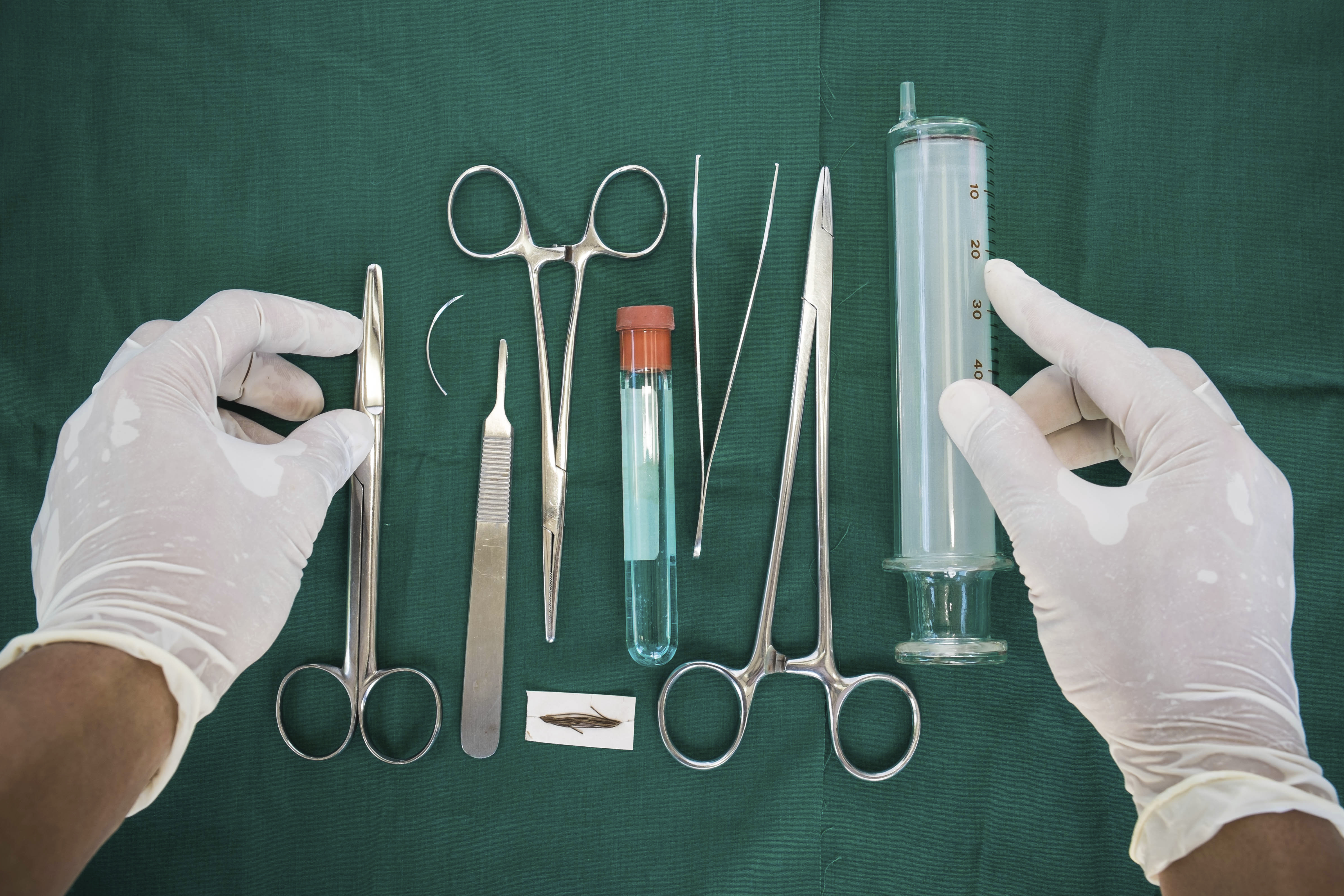For most of its history the Japanese archipelago knew nothing of circumcision. Contact with missionaries and merchants from Europe did little to raise awareness of the custom, and the procedure does not seem to have been a high priority for the promoters of Western ideas and technology during the Meiji Period (1868-1912). Even today, circumcision at birth remains extremely rare in Japan and the medical establishment's attitude toward the procedure is lukewarm at best. And yet Tokyo alone is home to dozens of clinics offering to relieve men of their prepuces, hinting — with greater or lesser explicitness — at the new world of possibilities that this sacrifice will bring.
"Male Circumcision in Japan," by Genaro Castro-Vazquez, assistant professor of Sociology at Nanyang Technological University, Singapore, seeks to explain why this has come to pass, without delving too much into the history. (Readers hoping for a tell-all account of the procedure's rise from obscurity to the back pages of men's magazines will be disappointed. As Castro-Vazquez notes, the historical details remain murky and even current statistics are hard to come by.)



















With your current subscription plan you can comment on stories. However, before writing your first comment, please create a display name in the Profile section of your subscriber account page.